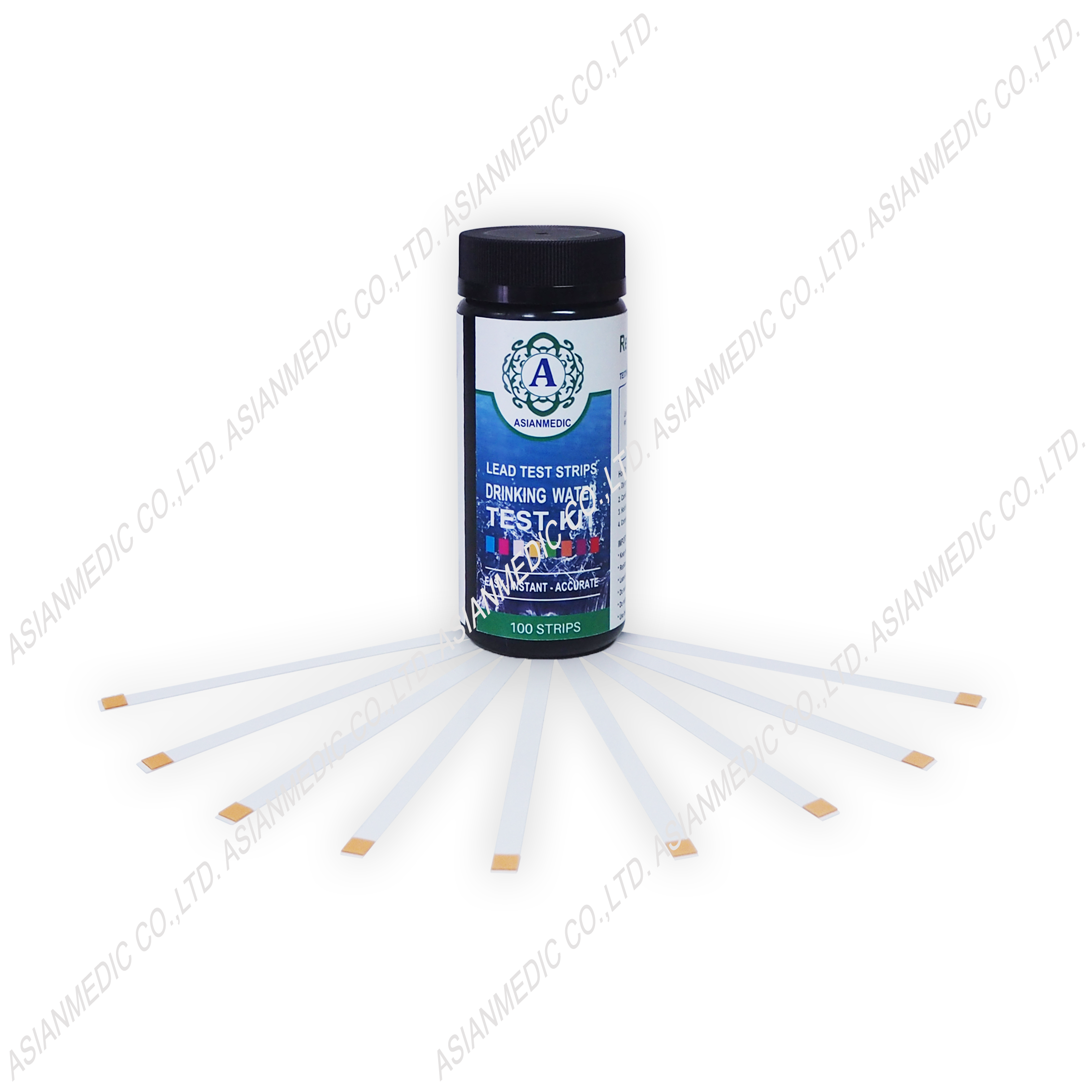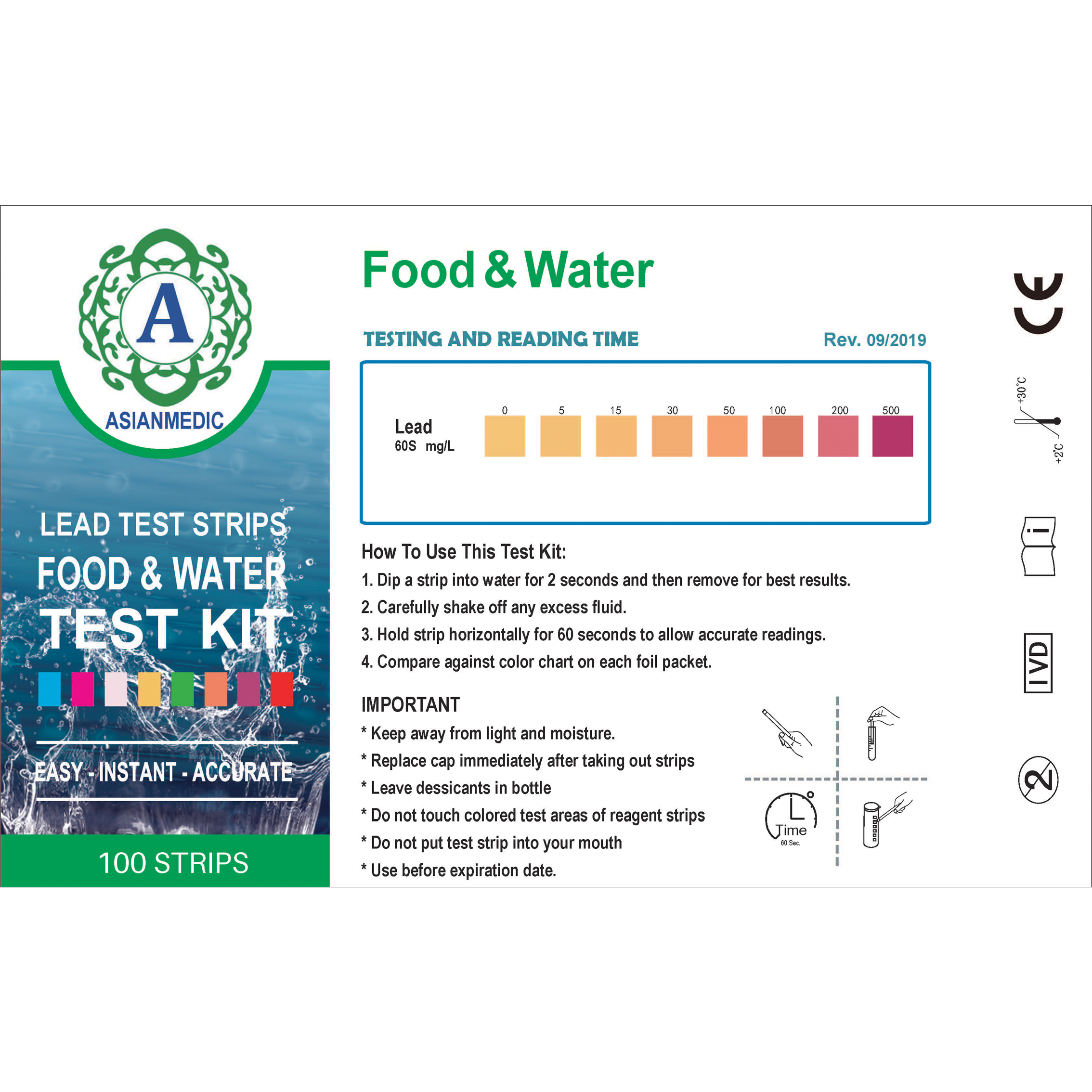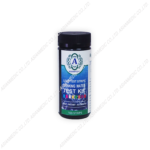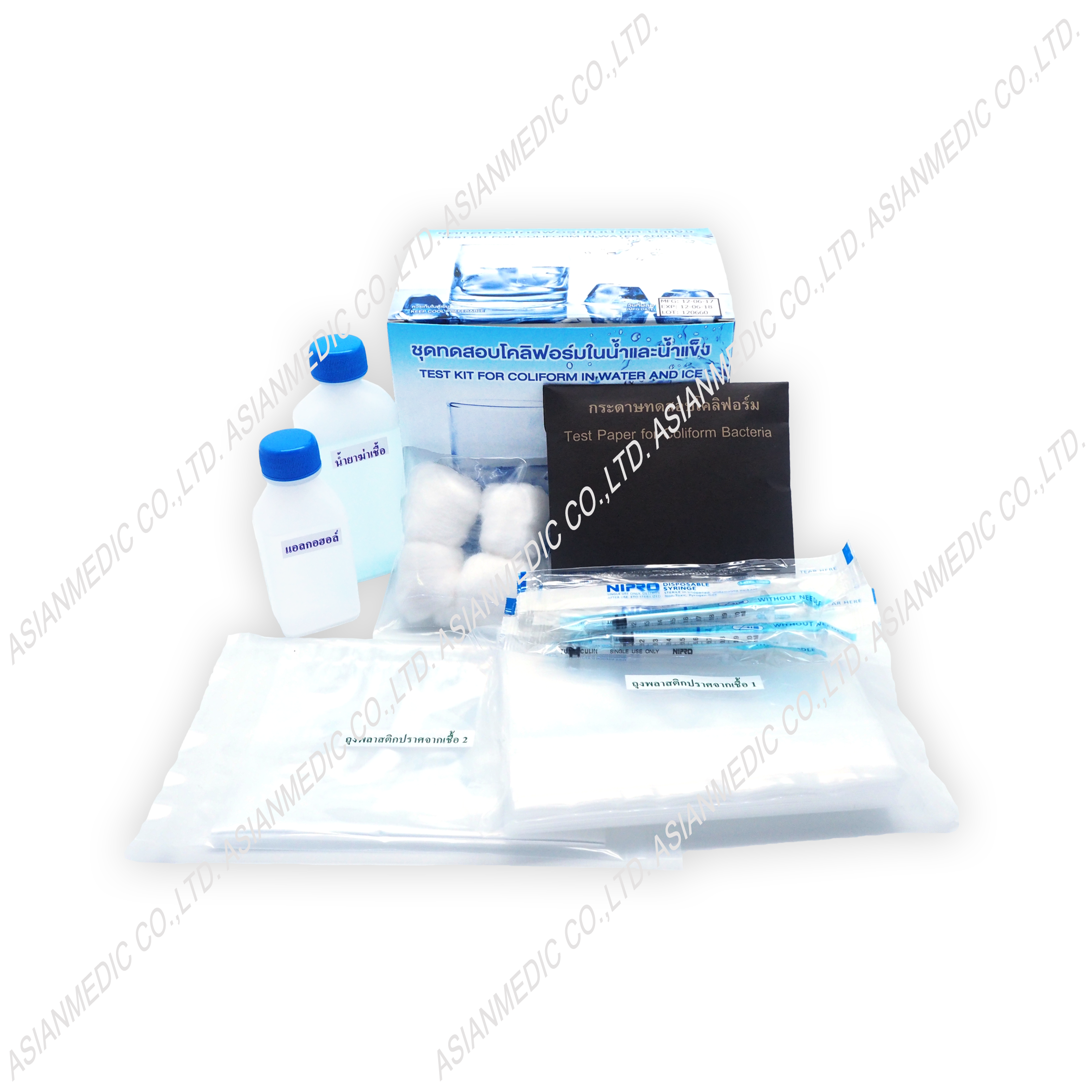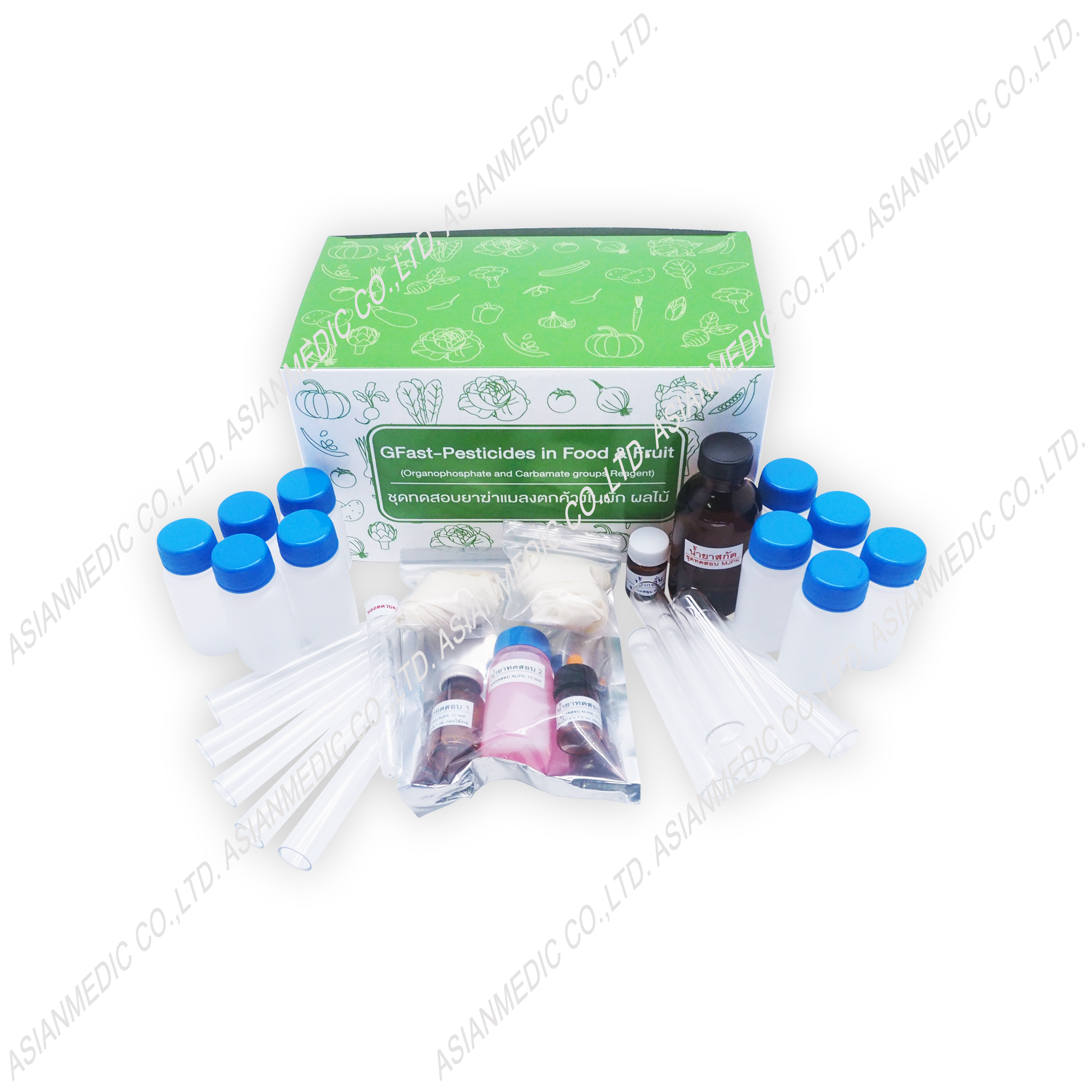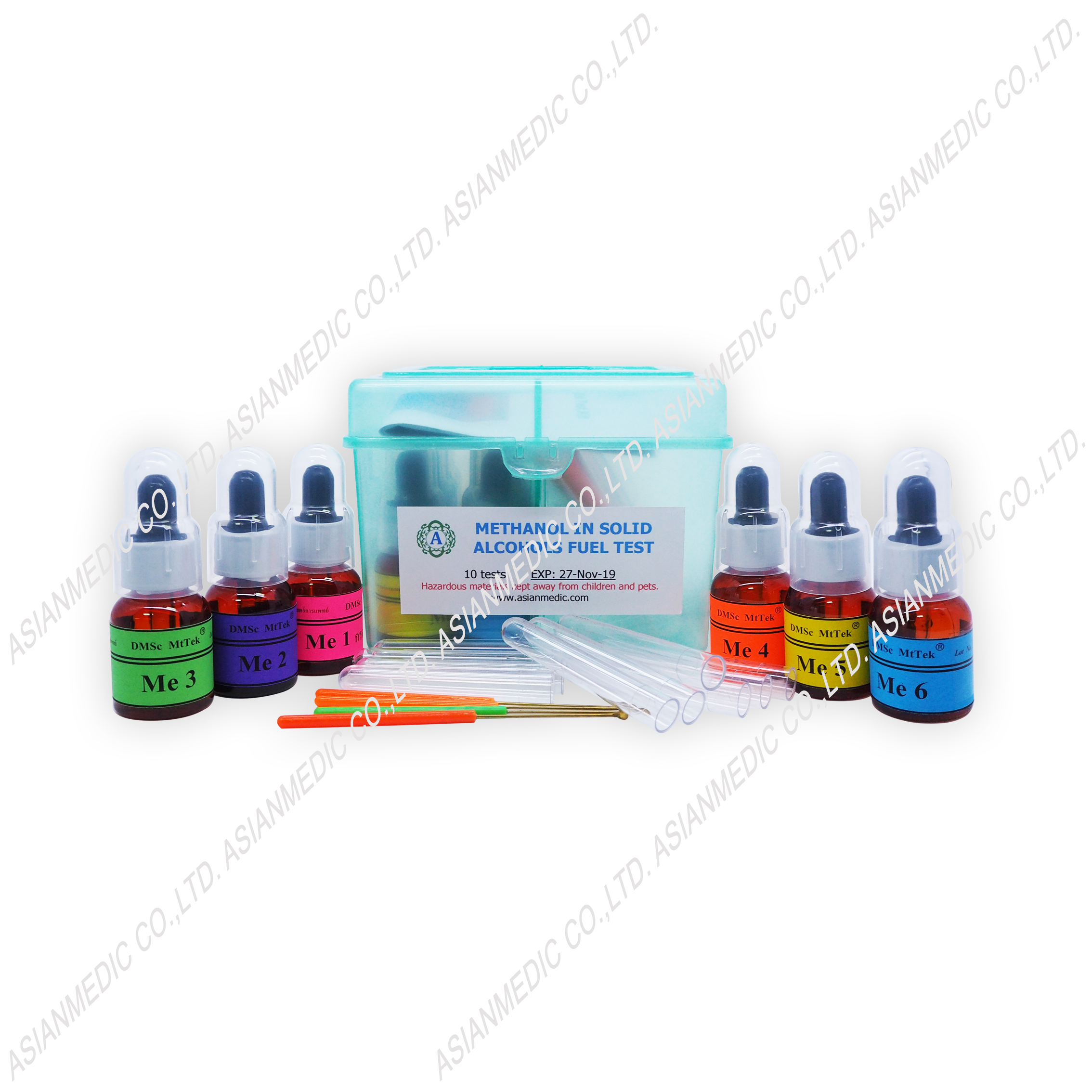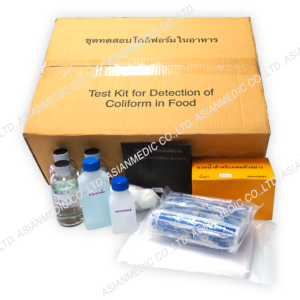General Information about Lead in Drinking Water
How Lead Gets into Drinking Water
Lead can enter drinking water when plumbing materials that contain lead corrode, especially where the water has high acidity or low mineral content that corrodes pipes and fixtures. The most common sources of lead in drinking water are lead pipes, faucets, and fixtures. In homes with lead pipes that connect the home to the water main, also known as lead services lines, these pipes are typically the most significant source of lead in the water. Lead pipes are more likely to be found in older cities and homes built before 1986. Among homes without lead service lines, the most common problem is with brass or chrome-plated brass faucets and plumbing with lead solder.
The Safe Drinking Water Act (SDWA) has reduced the maximum allowable lead content — that is, content that is considered “lead-free” — to be a weighted average of 0.25 percent calculated across the wetted surfaces of pipes, pipe fittings, plumbing fittings, and fixtures and 0.2 percent for solder and flux.
Corrosion is a dissolving or wearing away of metal caused by a chemical reaction between water and your plumbing. A number of factors are involved in the extent to which lead enters the water, including:
- the chemistry of the water (acidity and alkalinity) and the types and amounts of minerals in the water,
- the amount of lead it comes into contact with,
- the temperature of the water,
- the amount of wear in the pipes,
- how long the water stays in pipes, and
- the presence of protective scales or coatings inside the plumbing material
We have developed the Lead Test strip simple to detects lead contamaination in water or food it preventive to your drinking toxin
contain in bottle: 100 test strip
evaluation: 2-6 second to results rapidly
Store in room temperature:24 month

